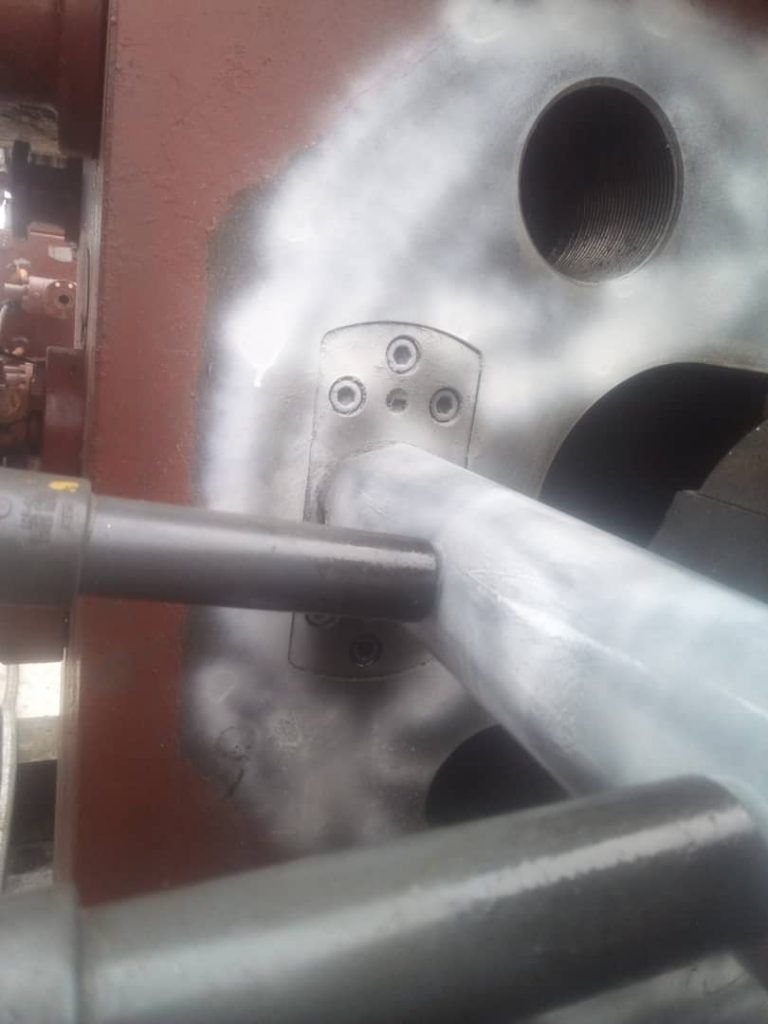Blowout Preventer (BOP) Inspection and Testing
The Significance of BOP Inspection and Testing
In the dynamic landscape of oil and gas drilling and production, one thing remains non-negotiable: safety. A cornerstone of this commitment is the meticulous process of Blowout Preventer (BOP) inspection and testing. The BOP, an instrumental component, serves as the primary defense mechanism against potential blowouts. This article delves deep into the significance of BOP inspection and testing, unraveling its meticulous procedures, adherence to industry standards, and its pivotal role in upholding the well-being of both personnel and the environment.






The Crucial Role of BOP Inspection and Testing
A blowout, an uncontrolled discharge of oil or gas from a well, can have disastrous consequences. The BOP functions as a crucial safety barrier to prevent such incidents. However, for the BOP to perform optimally during emergencies, regular inspection and testing are imperative.
Deconstructing the BOP Inspection and Testing Process
The BOP inspection and testing protocol follows a well-structured approach to ensure its robustness and effectiveness:
-
Visual Inspection: Commencing with a thorough visual assessment of BOP components, experts meticulously examine every detail for signs of damage, corrosion, or wear. Swift action is taken to rectify any compromises in the physical integrity.
-
Functional Testing: The essence of the BOP lies in its valves and actuators. Rigorous functional tests are conducted to validate their seamless operation. This step ensures the BOP’s responsiveness when urgently needed.
-
Magnetic Particle Inspection: A specialized technique involving the application of magnetic particles to detect surface and near-surface defects in ferromagnetic materials. This process ensures that any cracks or flaws invisible to the naked eye are identified and addressed.
-
Ultrasonic Thickness Measurement: This method involves using ultrasonic waves to measure the thickness of BOP components, such as pressure vessels and critical structural elements. It helps assess corrosion levels and thickness reduction, ensuring the equipment’s structural integrity.
-
Pressure Testing: Given the formidable pressures of oil and gas operations, the BOP must endure these forces unscathed. Rigorous pressure testing is conducted, simulating real-world conditions to ensure its resilience.
-
Leak Testing: Comprehensive leak testing is paramount to rule out even the slightest vulnerabilities that could jeopardize the BOP’s reliability. Detecting and addressing leaks preemptively is critical for preventing potential disasters.
Timing and Adherence to Industry Standards
The frequency of BOP inspection and testing is dictated by manufacturers and regulatory bodies. Typically, an annual evaluation is the baseline, but this may increase for harsh environments or equipment with historical concerns. Regulatory bodies like the Bureau of Safety and Environmental Enforcement (BSEE) in the United States stipulate testing benchmarks. For instance, the BSEE mandates pressure tests surpass 110% of the highest anticipated pressure.
Key Elements to Emphasize
Several pivotal aspects underscore the significance of BOP inspection and testing:
-
Qualified Professionals: Skilled experts with an intimate understanding of BOP equipment must conduct inspections and tests. Their proficiency ensures precise evaluations.
-
Thorough Documentation: Comprehensive documentation of each step, from inspection findings to test results, is crucial. This historical record not only ensures compliance but also contributes to ongoing enhancement.
-
Rectification of Defects: Any defects identified during the inspection and testing must be remedied before the BOP is reinstalled. This meticulous approach guarantees optimal performance when facing real-world challenges.
In Conclusion: Upholding Safety and Reliability
In the intricate web of oil and gas operations, the BOP stands as a stalwart guardian against potential catastrophes. Regular inspection and testing of this device aren’t just obligatory steps but rather integral safeguards. By adhering to stringent assessment protocols, operators bolster the safety of their operations, safeguard their workforce, and contribute to environmental sustainability. This investment in proactive measures today mitigates the risk of devastating repercussions tomorrow.
Get In Touch !
For more information about our services or to discuss your specific needs, reach out to our team today. Together, we will navigate the path to your success and safety.
